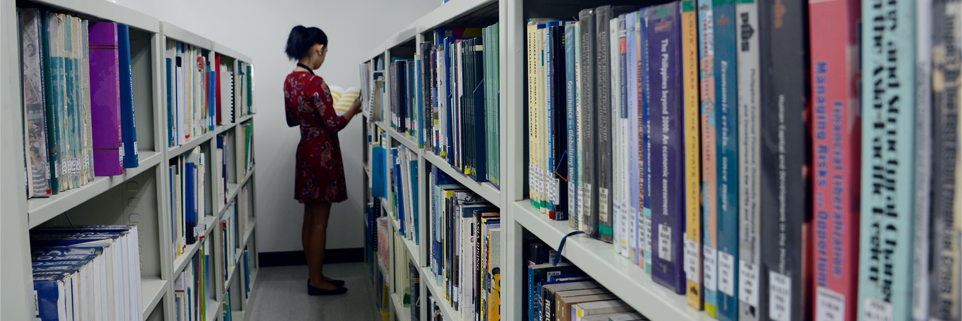Development strategies for inclusive growth in developing Asia /
By: Yifu Lin, Justin.
Series: Vol. 21 No. 2 2004.Description: pp.1-27.Subject(s): Development strategy - Asia | Economic growth - AsiaOnline resources: Click here to access online In: Asian Development ReviewSummary: A continuous flow of technology/ industrial innovation is the key to sustained dynamic growth. Developing countries have an “ advantage of backwardness” as they can borrow technology/industry from the developed countries. In an open, competitive market, the optimal technology/industrial structure of a country is endogenously determined by the country’ s endowment structure, which is exogenously given at any specific time. However, the governments in most developing countries after World War II adopted an inappropriate development strategy to accelerate the build-up of developed countries’ capital-intensive industries, which deviated from the optimal technology/industrial structure determined by their own endowment structures. This strategy made firms in the priority sectors nonviable in an open, competitive market and was responsible for many policy distortions and for failures in catching up and achieving inclusive growth. A transition to a policy regime that facilitates industrial development along the countries’ comparative advantages is necessary for developing countries to improve their growth performance and to allow the poor to benefit from growth. As many distortions in the developing countries are endogenous to the viability problem of firms in the priority sectors of previous development strategies, governments have to find a way to resolve the firms’ viability problem to achieve dynamic growth in their transition processes.A continuous flow of technology/ industrial innovation is the key to sustained dynamic growth. Developing countries have an “ advantage of backwardness” as they can borrow technology/industry from the developed countries. In an open, competitive market, the optimal technology/industrial structure of a country is endogenously determined by the country’ s endowment structure, which is exogenously given at any specific time. However, the governments in most developing countries after World War II adopted an inappropriate development strategy to accelerate the build-up of developed countries’ capital-intensive industries, which deviated from the optimal technology/industrial structure determined by their own endowment structures. This strategy made firms in the priority sectors nonviable in an open, competitive market and was responsible for many policy distortions and for failures in catching up and achieving inclusive growth. A transition to a policy regime that facilitates industrial development along the countries’ comparative advantages is necessary for developing countries to improve their growth performance and to allow the poor to benefit from growth. As many distortions in the developing countries are endogenous to the viability problem of firms in the priority sectors of previous development strategies, governments have to find a way to resolve the firms’ viability problem to achieve dynamic growth in their transition processes.

